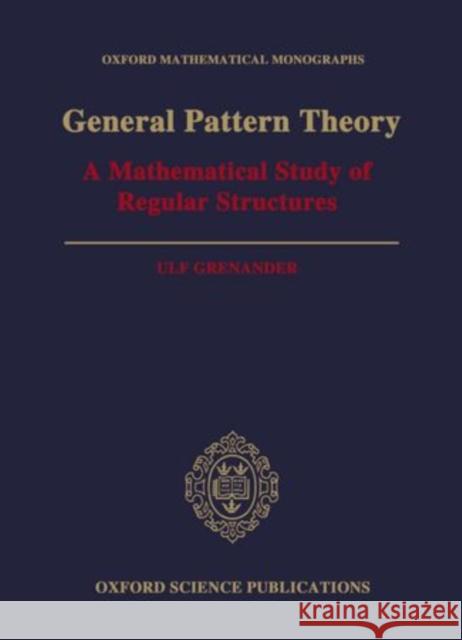General Pattern Theory » książka
General Pattern Theory
ISBN-13: 9780198536710 / Angielski / Twarda / 1994 / 906 str.
The aim of pattern theory is to create mathematical knowledge representations of complex systems, analyse the mathematical properties of the resulting regular structures, and to apply them to practically occuring patterns in nature and the man-made world. Starting from an algebraic formulation of such representations they are studied in terms of their topological, dynamical and probabilistic aspects. Patterns are expressed through their typical behaviour as well as through their variability around their typical form. Employing the representations (regular structures) algorithms are derived for the understanding, recognition, and restoration of observed patterns. The algorithms are investigated through computer experiments.
The aim of pattern theory is to create mathematical knowledge representations of complex systems, analyse the mathematical properties of the resulting regular structures, and to apply them to practically occuring patterns in nature and the man-made world.











